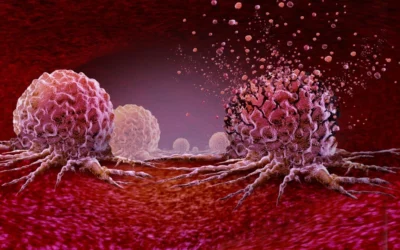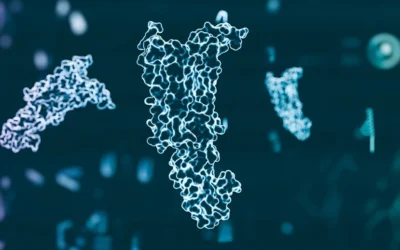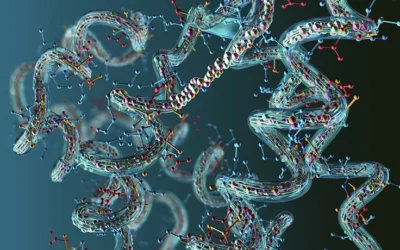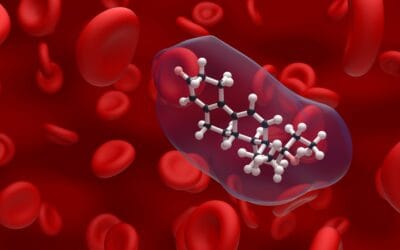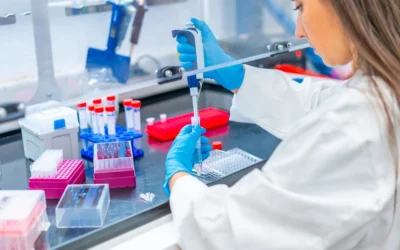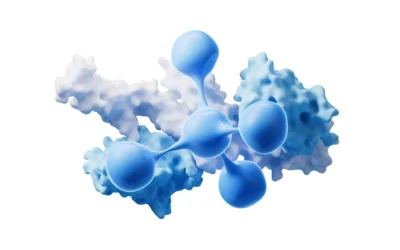Tripeptide-3 Actions on Muscular Tissue Contraction and Dermal Topography
Tripeptide-3 (often referred to as Syn-AKE) is a synthetic compound that may mimic one of the actions of waglerin-1, a 22-amino acid peptide found in the venom of the Temple Viper.(1)(2) Structurally, Tripeptide-3 consists of β-alanyl–L-prolyl–3-aminomethyl-L-alanine...
LL-37 Peptide and Immune Cell Modulation
LL-37 is a peptide that belongs to the so-called cathelicidin-derived peptides. Cathelicidins are considered immune-related proteins, and LL-37, in particular, is derived from a larger precursor protein called hCAP18. The name LL-37 comes from the first two amino...
Cartalax Peptide: Potential Implications for Cellular Aging, Renewal, and Resilience to Stress
Cartalax (AED or T-31 peptide) is a synthetic tripeptide that some investigators categorize among the so-called Khavinson peptides. These peptides are a set of short amino acid chains that may exert regulatory influences on biological functions and are consequently...
AICAR Peptide And The Energy Metabolism Of Different Cell Types
Researchers believe AICAR peptide (5-Aminoimidazole-4-carboxamide ribonucleotide) to be a synthetic analog of adenosine monophosphate (AMP). Both AICAR and AMP are thought to belong to a class of molecules called nucleotides, which serve as the basic building blocks...
PEGylated MGF: Skeletal Muscle Cell Regeneration and Cardiac Protection
Pegylated MGF (Pegylated Mechano-Growth Factor) is a truncated isoform of insulin-like growth factor 1 (IGF-1), structurally modified to support stability and bioavailability. Pegylated MGF is speculated to play a critical role in promoting myoblast proliferation and...
Frag 176-191 Peptide: Metabolic Modulation and Regenerative Potential
Fragment 176-191, which scientists may also refer to as hGH Frag 176-191, tyr-hGH 177-191, or AOD-9604, is a synthetic peptide derived from the hGH. It comprises the last 16 amino acids of the hGH molecule, a region hypothesized to be its primary "lipolytic fragment"....
BPC-157 Potential On Angiogenesis and Cell Survival
BPC-157, often described as a stable gastric pentadecapeptide (preliminary observations indicate that it may withstand degradation within gastric environments), is a synthetic peptide made of 15 amino acids.(1) It is also sometimes identified under the designations L...
Argireline (Acetyl Hexapeptide-3) and Neuronal Synapses
Acetyl Hexapeptide-3 (commonly termed as Argireline or acetyl hexapeptide-8 amide) is a synthetic peptide composed of six amino acids arranged in the sequence of Ac-EEMQRR-NH2 (N-acetyl - L-alpha-glutamyl - L-alpha-glutamyl - L-methionyl - L-glutaminyl - L-arginyl -...
Mod GRF 1-29 & Ipamorelin Blend Actions on Adipose and Bone Cells
Mod GRF 1-29 (also referred to as CJC-1295 without DAC) and Ipamorelin are both synthetic peptides that have attracted scientific interest primarily because they have the potential to influence the growth hormone release mechanisms of pituitary gland cells under...

